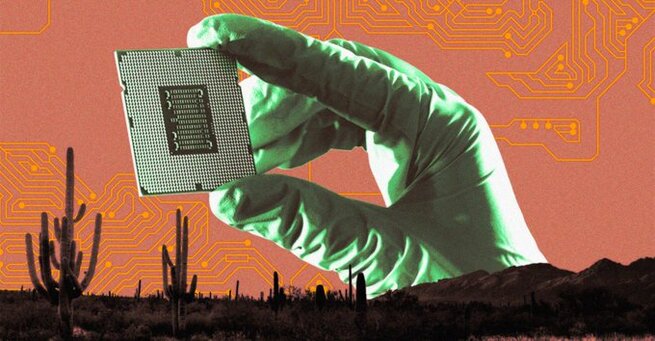

Arizona’s desert landscape is rapidly transforming into what many are calling the new silicon valley (literally). Massive semiconductor factories, or fabs, are sprouting across the Greater Phoenix area, attracting billions in investment and creating thousands of high-tech jobs. For many, this shift answers questions about where America’s semiconductor future lies, while raising debates about water usage, environmental impact, and economic priorities.
The combination of cheap land, state incentives, and a growing skilled workforce has positioned Arizona as a semiconductor hotspot. Names like “Processor Parkway” and “Transistor Terrace” aren’t just playful—they signal a full-scale industrial ecosystem designed for chip production. With more than $200 billion invested in just five years, Arizona’s rise reflects a strategic pivot from agriculture to high-tech manufacturing.
The new silicon valley (literally) is reshaping not just the economy but the local way of life. Developers are building mixed-use residential areas near factories to accommodate incoming workers. While job creation is a major benefit, water scarcity and the environmental footprint of semiconductor production remain key concerns. Local authorities argue the economic diversification strengthens resilience against downturns that historically hit agriculture and traditional industries.
𝗦𝗲𝗺𝗮𝘀𝗼𝗰𝗶𝗮𝗹 𝗶𝘀 𝘄𝗵𝗲𝗿𝗲 𝗿𝗲𝗮𝗹 𝗽𝗲𝗼𝗽𝗹𝗲 𝗰𝗼𝗻𝗻𝗲𝗰𝘁, 𝗴𝗿𝗼𝘄, 𝗮𝗻𝗱 𝗯𝗲𝗹𝗼𝗻𝗴. We’re more than just a social platform — from jobs and blogs to events and daily chats, we bring people and ideas together in one simple, meaningful space.

Comments